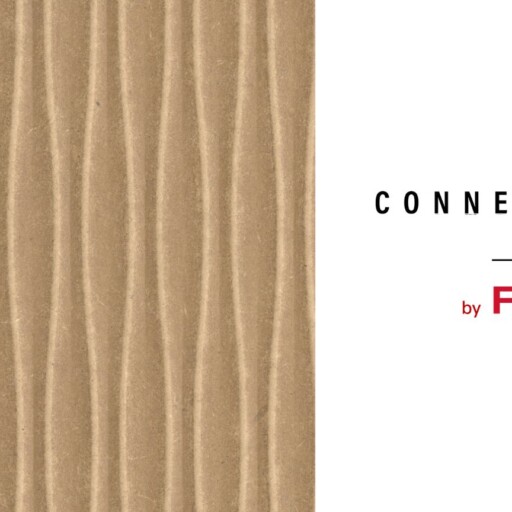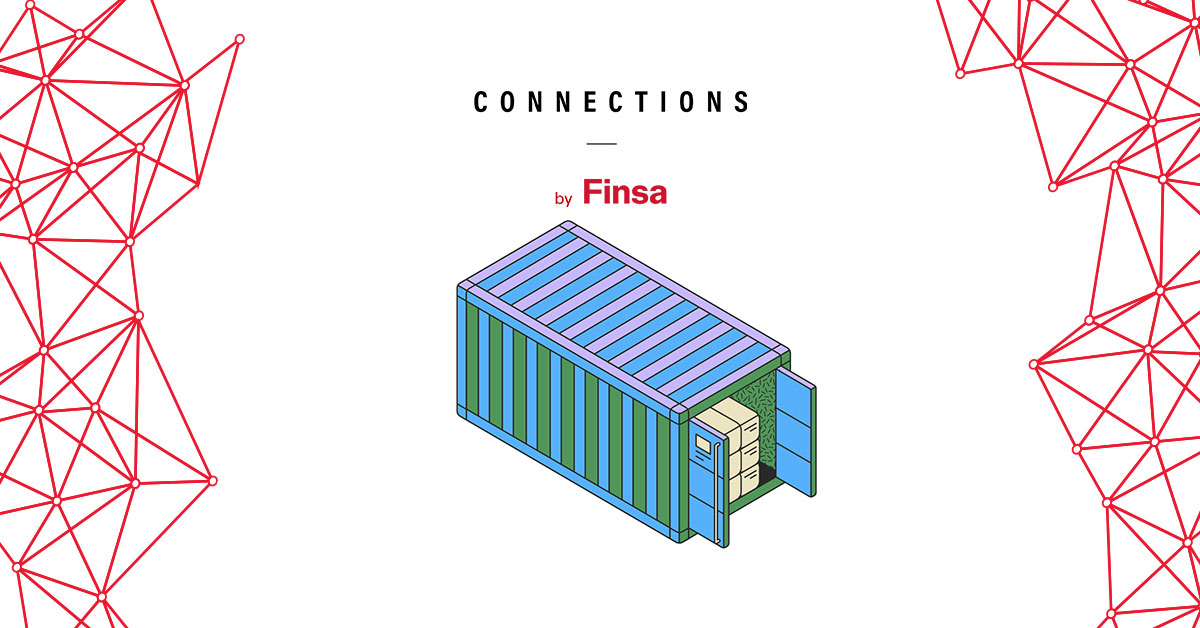Let’s focus for a minute on our planet – the fight against climate change, reconciling with our environment. The time for changes that lead us to sustainability has arrived. And is there anything more sustainable than nature itself?
At the end of the twentieth century, scientist Janine Benyus popularised the term biomimicry or biomimetics, meaning “the imitation of life”. This discipline tries to emulate nature: shapes, materials, structures, processes, and behaviours are taken from our environment and transferred to our lives. Below are some examples of biomimetic design.
The train with a bird’s beak
Japan’s bullet train used to make a deafening noise that could be heard from 400 metres away every time it came out of a tunnel.
Engineer Eiji Nakatsu, an ornithology enthusiast, found a solution to this problem by observing a kingfisher. This bird dives underwater at high speed without even making a splash. Nakatsu applied the shape of the bird’s beak to the bullet train. Not only did this reduce the noise being produced by 90%, it also made the model 10% faster and 15% more efficient.
Ver esta publicación en Instagram
Cars that can photosynthesise
The challenge of sustainable mobility may have found its answer in the process of plant photosynthesis: trapping CO2, transforming it into energy, and releasing the oxygen into the atmosphere.
A prototype of a car that carries out photosynthesis, the Ye Zi, has been released in China. Its leaf-shaped roof captures sunlight and breaks down the water molecules into oxygen and hydrogen atoms. The hydrogen propels the car’s battery and, at the same time, releases oxygen into the atmosphere.
The algae building
What if we could imitate natural processes and then make them part of a building? This is already happening in Hamburg.
The façade of the BIQ building features microscopic algae that control the light that enters the building. In winter, the algae stop spreading and the façade remains transparent. In summer, the algae multiply and the sunlight is filtered through it. The light that is not absorbed by the algae for photosynthesis is turned into heat that can be stored in the underground geothermic system of the building or be used to heat water.
Ver esta publicación en Instagram
A building inspired by African termites
Buildings account for 40% of emissions. Therefore, efficient buildings are the answer to the fight against climate change.
The passive solution is exemplified in the way African termites live. The structure of their termite nests allows them to maintain their temperature and humidity in extreme climates.
Architect Mike Pearce used the thermoregulation found in large termite nests in the design for the Eastgate Centre office complex in Harare, Zimbabwe. The building is cooled by air conditioning and requires just 10% of the energy that would be used in a conventional building.
Ver esta publicación en Instagram
A forest in the middle of the desert
A forest in the middle of the desert. An installation that collects water in the middle of the Tunisian Sahara. The Sahara Forest Project by architect Michael Pawlyn is inspired by the Namibian beetle, which creates its own freshwater in the middle of the desert.
This giant greenhouse replicates the physiology of the insect by creating a microsystem in which potable water is generated as energy for harvesting in arid climates and for revegetating the surrounding environment.
Ver esta publicación en Instagram




